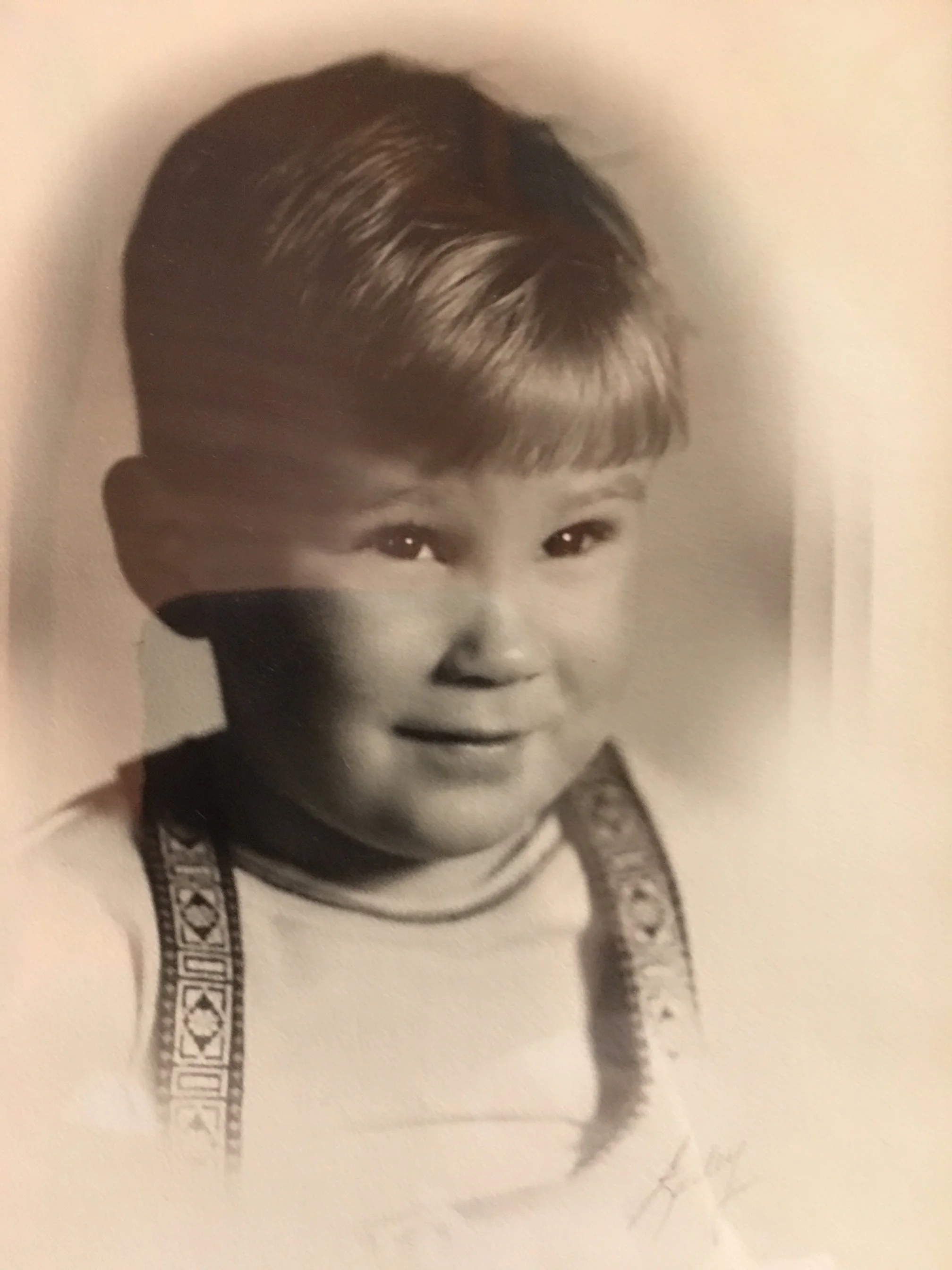Remembering Joy from those we loved and see no longer
“But the souls of the righteous are in the hand of God, and no torment will ever touch them.” Wisdom 3:1.
My experience is that those who have known the death of a loved one around Christmas may find the holidays not always a joyful time in their memory. So today, I remember my brother again, and Archbishop Desmond Tutu, who died on Boxing Day in 2021 at age 90.
I have written about my brother, who died in December eleven years ago in 2014, on Boxing Day, the second day of Christmas. He died four months after his 70th birthday, almost precisely at the same age as our father died. My brother was born on Labor Day and died on Boxing Day. We will have to work on the significance of all that. Boxing Day is traditionally the day after Christmas when servants in English households receive a gift from their employer in a “box.” Of course, Labor Day honors those working and gives them an extra day of rest. I do know Jim loved Christmas. My brother also died on the day our church calendar commemorates Stephen, the first deacon and martyr. I don’t know about a martyr, but my brother was a survivor. He had open-heart surgery, three cancers, and at least three strokes.
cousins
I did something I had never done before shortly after my brother died. I prayed to hear what he would like us to know about him. This message immediately came to me that my brother said:” I tried to be a good man, and I loved my family.”
“I tried to be a good man and loved my family.” So that was my brother’s message. He dearly loved his family and was very proud of his three sons. He loved his community, serving faithfully as a banker, a Boys and Girls Club member, and on the school board. I know he especially loved his church, where he also served faithfully.
Since the Episcopal Church is something we share, we often discussed it. However, we had the privilege of serving together at an altar only once. That was at our mother’s funeral, when we both served as Eucharistic ministers, passing the chalice.
My brother was an eight o’clock churchgoer. They are a different breed, a little more private, quieter, and sometimes more reserved. They get the rector’s ear after the service, since so few people are present that early. My brother loved serving on the vestry, another rare breed. If an eight o’clocker is a lector or Eucharistic minister, they serve more often than those at the later service, as my brother did. I tried to talk my brother into becoming a deacon, which I think could have happened if he had more time. The church is in our family’s genes. It comes in many forms, but we cannot escape it.
Seiberts at my brother’s service
My brother was a believer, and there is no doubt that he now lives in the resurrection, just as he experienced so many resurrections in this life.
So today, I am sharing some memories of my brother, my only sibling. I miss him daily, especially on the holidays.
When we were children, I remember how we would wake up in the early morning, too excited to sleep and lie together in bed, hoping by some miracle that our parents would wake up early. He so loved Christmas. I honor him by sharing Christmas stories about him and celebrating the holiday as he loved to do. He always brought joy to my life, and I hope to continue sharing that joy, especially at this time of the year. Sometimes, when our family shares stories, I hear his distinctive laugh caught up in others, and I give thanks for our life together with him in our family.
Joanna. https://www.joannaseibert.com/






